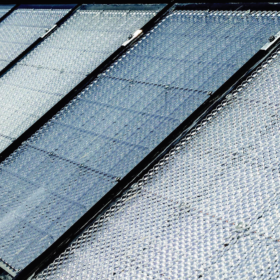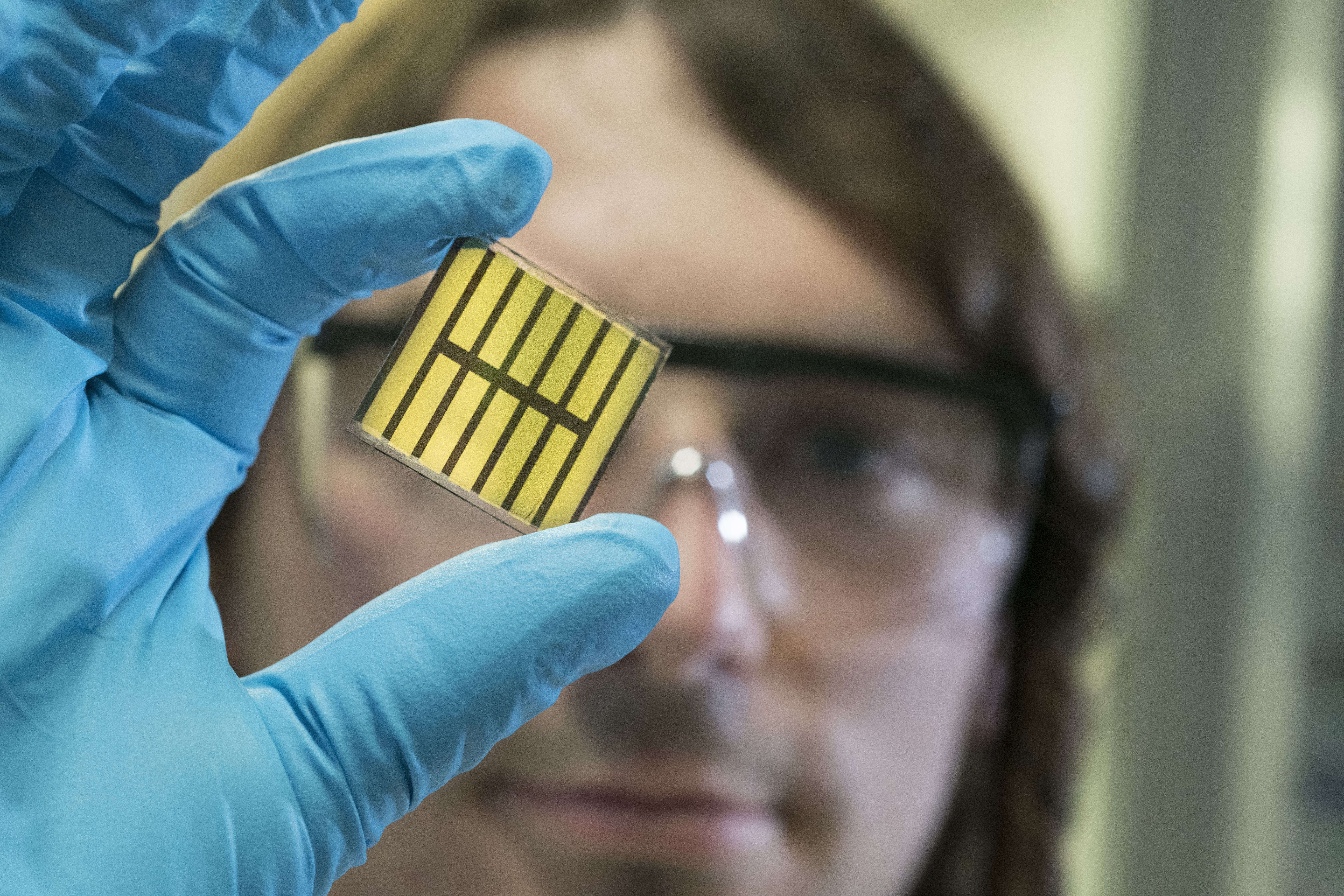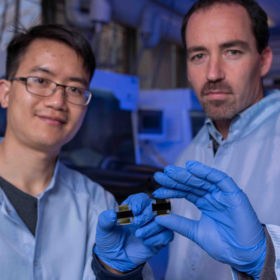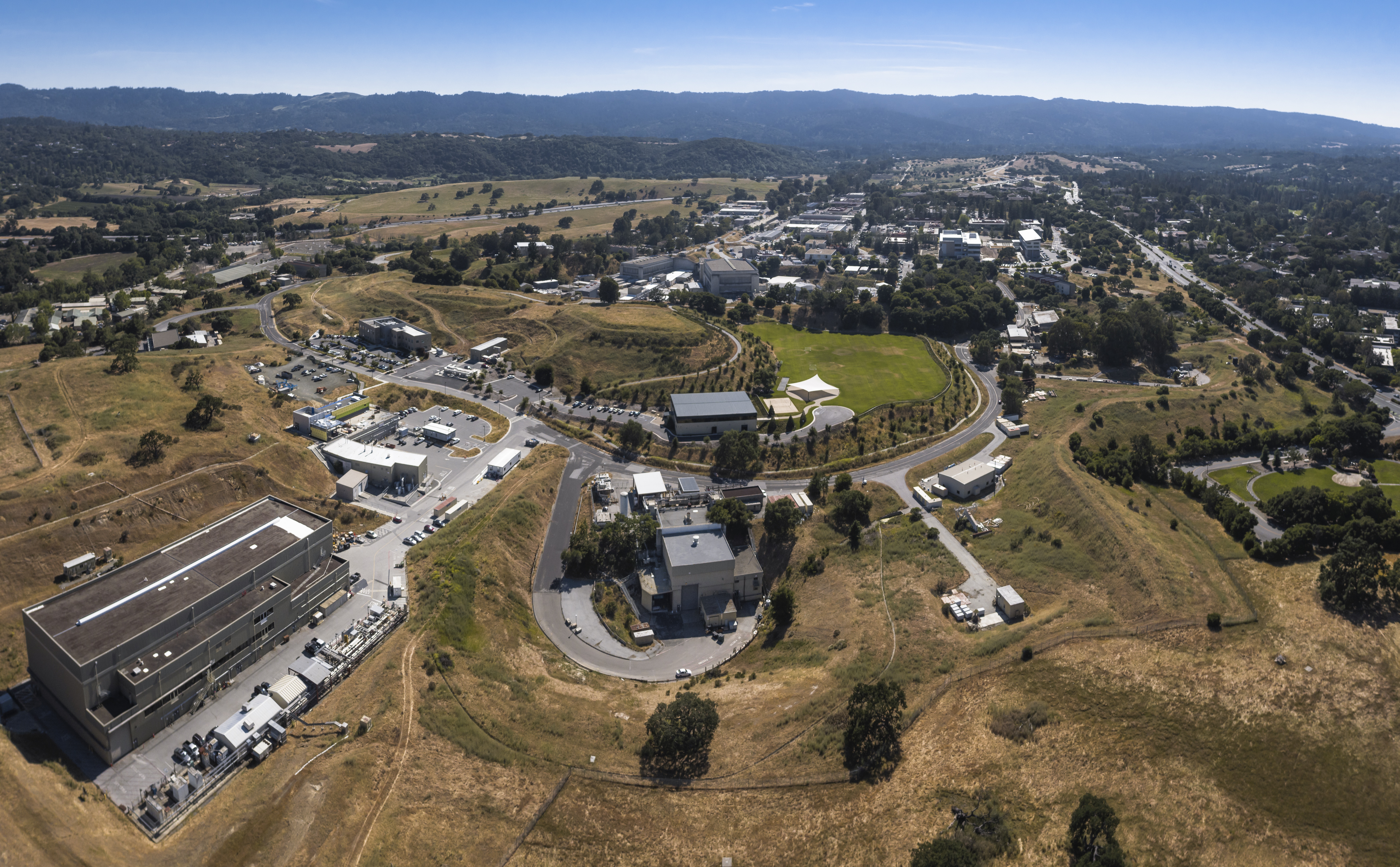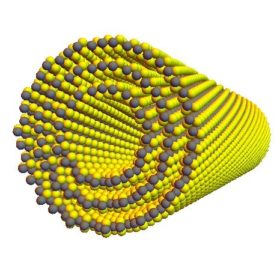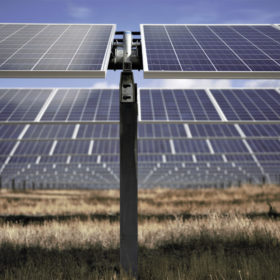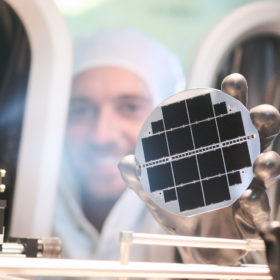Pay-as-you-go solar startup receives $5m from EU
PEG Africa, a company offering pay-as-you-go solar to consumers and businesses in West Africa has received a $5 million investment from European Union initiative ElectriFi. The company says it has now secured more than $50 million and plans a major expansion.
Space age solar solution moves toward production
A consortium of European research institutes has received €10.6 million in EU funding to establish pilot production of a high efficiency module concept developed by Swiss startup Insolight. The module combines high efficiency multijunction cells with a solar concentrator lens and has previously demonstrated 29% efficiency.
German scientists team up for perovskite tandem cells
Two of Germany’s leading research institutes and a CIGS module maker have announced plans to work on the development of perovskite-CIGS tandem cells with a target of producing thin film modules with better than 30% efficiency.
Australia National University hits new perovskite efficiency record
Scientists at the institution have achieved 21.6% efficiency with a perovskite cell measuring 1cm². The landmark has been verified as a new world record for perovskites at this size.
Coating could lead to commercial lithium-metal batteries
A new coating developed by scientists at Stanford promises to bring lithium metal batteries ‘closer to reality’, by significantly extending their operational lifetime and limiting the occurrence of dendrites at the anode, which can cause short circuiting and fires.
Canadian researchers have done the math on optimizing PV output
Mathematicians at Canada’s University of Waterloo who turned their attention to solar power have developed an algorithm they say offers better control over PV plant output. The researchers estimate the algorithm could improve the output of a 100 MW power plant by almost a million kilowatt-hours per year.
Mini series: Creating a common language for solar in the energy mix
As solar comes to represent a larger proportion of the global energy mix, direct comparisons with conventional energy sources, and even with other renewables, are becoming more and more important. This is reflected in a bid by the United Nations Economic Commission for Europe’s (UNECE) Expert Group to standardize reporting on solar energy potential. Long Seng To, Royal Academy of Engineering research fellow at Loughborough University, and part of the UNECE solar energy subgroup, discusses the draft standards.
Scientists discover photovoltaic nanotubes
An international team of researchers led by the University of Tokyo has discovered a new material which, when rolled into a nanotube, generates an electric current if exposed to light. If magnified and scaled up, say the scientists, the technology could be used in future high-efficiency solar devices.
IHS Markit: Trackers to account for a third of PV installations
New analysis predicts more than 150 GW of tracker capacity will be installed in the next five years – around a third of all ground mount projects up to 2024. Rapid growth in Europe, the Middle East and Africa; and the better cost structures possible from combining trackers and bifacial modules are singled out as key trends.
Fraunhofer ISE achieves 34.1% efficiency with triple junction cell
Scientists at Germany’s Fraunhofer Institute for Solar Energy Systems have broken two of their own records for cell efficiency, working with silicon and III-V material tandem cells. The institute hit 34.1% on a triple junction cell using wafer bonding technology and 24.3% by directly depositing III-V layers onto a silicon solar cell.


